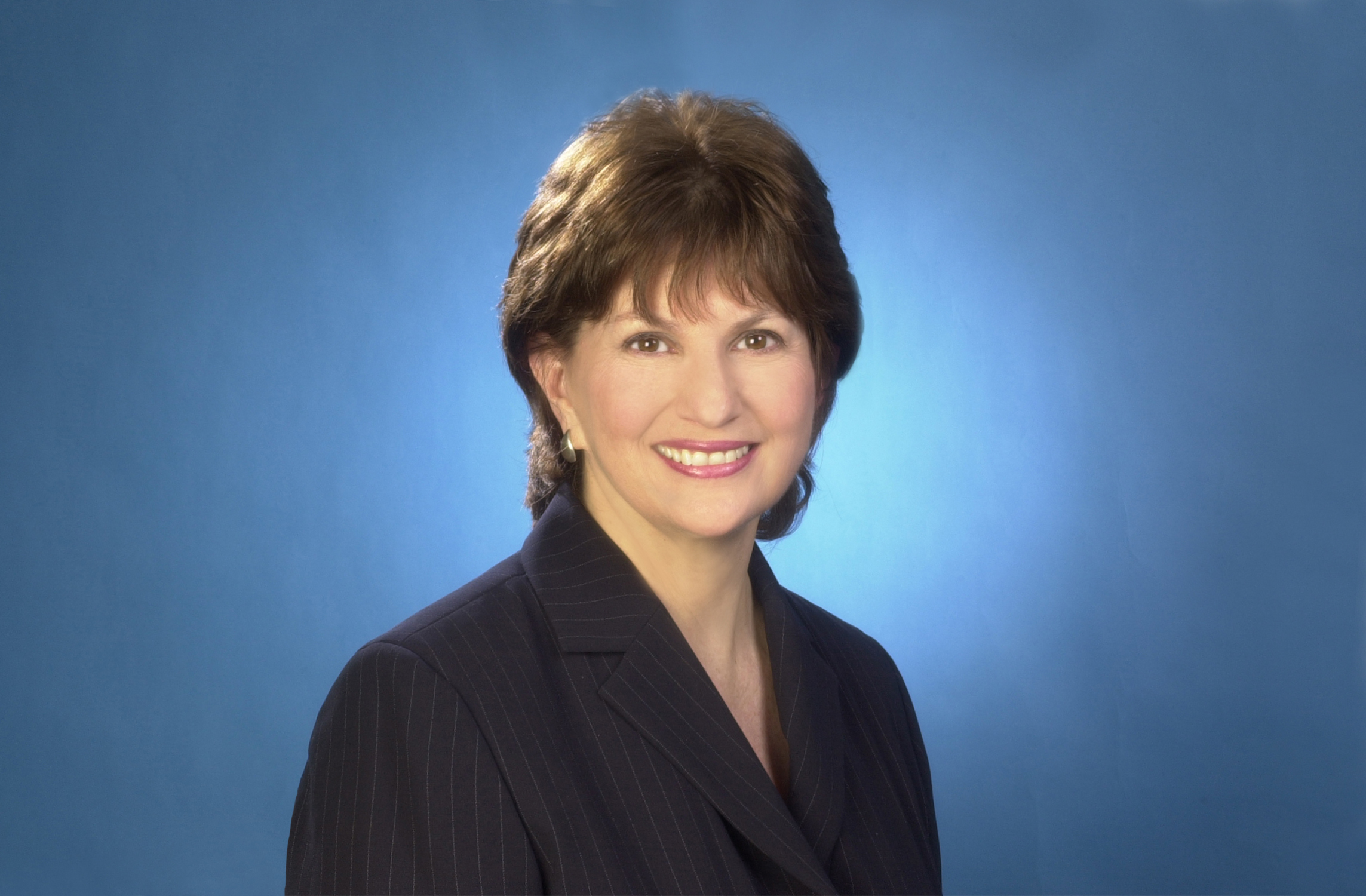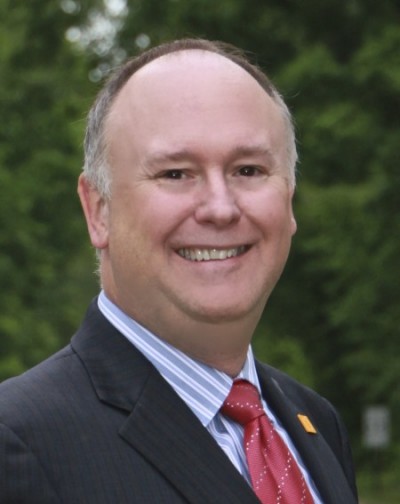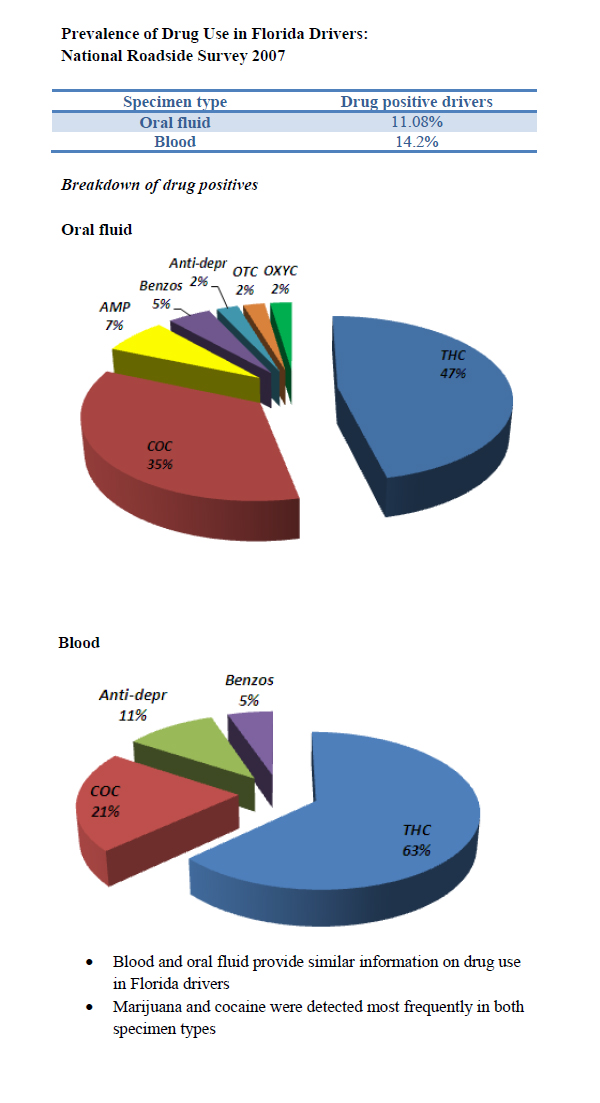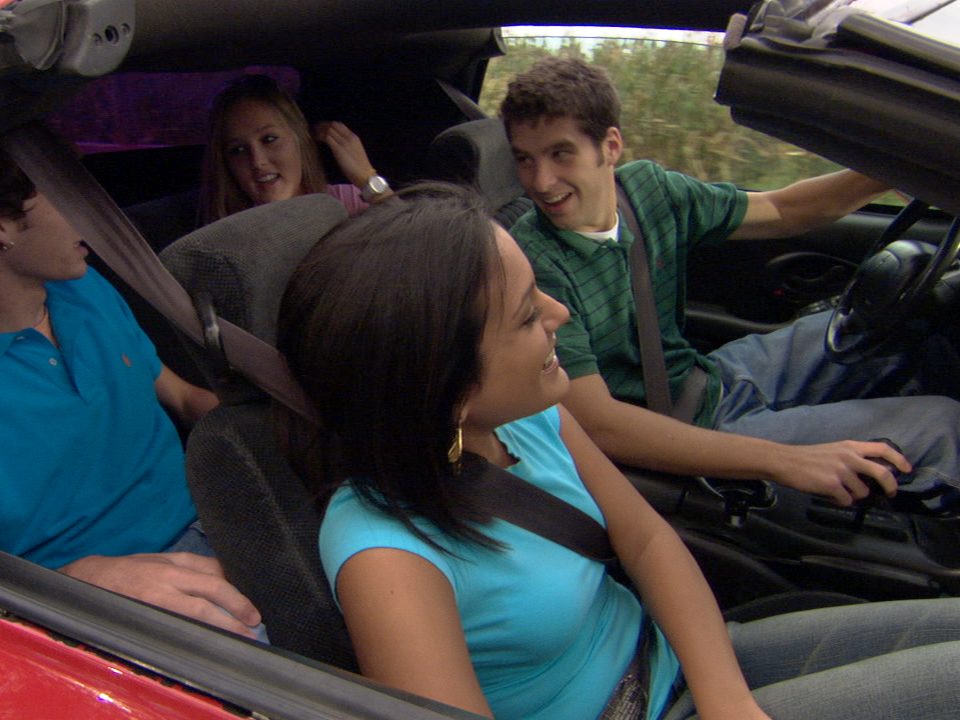- WE SAVE LIVES
- info@wesavelives.org
What Can We Do About Florida’s Drugged Driving Problem?
Candace Lightner: From MADD to Glad For Lives Saved
September 18, 2016Should You Take The Keys?
September 18, 2016What Can We Do About Florida’s Drugged Driving Problem?
One survey in Florida found that about a third of all people stopped for erratic driving or speeding who failed a field sobriety test were impaired by illegal drugs. (David J. Hanson, Ph.D., Sociology Department, State University of New York).
Florida’s suspected drugged driving related crashes went up a whopping 61% from 2010 to 2011 and the fatalities increased almost 80%. All states have a problem but most do not have the data to verify exactly how serious the problem is. In fact, Florida only tests about 58% of those involved in a crash or serious bodily injury for drugs. Some states, such as California test 89% while Colorado tests 49.5%.
There are other problems as well:
Florida does not have a separate offense for drugged driving, thus there are no separate penalties. In fact the penalties defined in the Florida DMV handbook are for drunk driving, since they are based on a BAC (Blood Alcohol Content.). There are no penalties defined for drugged driving in the handbook.
Additionally, I have not seen a major concerted effort to educate the public about drugged driving unlike the efforts devoted to distracted or drunk driving. Despite the fact that impaired driving includes alcohol and drugs, most people think of impaired driving as alcohol related not drug related. “Studies of randomly stopped drivers as well as seriously and fatally injured drivers show that drugged driving is a problem of roughly equal consequence and concern as drunk driving. (National Survey on Drug Use and Health, 2010)
What Can We Do About it?
-
We Can Demonstrate An Accurate Understanding of the Dangers of Medical Marijuana.
We need to act now to protect the public from the potential escalation in drugged driving crashes before it happens. “For example, Colorado legalized medical marijuana in 2000, and drivers in fatal crashes testing positive for marijuana rose from 37 in 2009 to 42 in 2010, while those testing positive for alcohol declined during those same years from 138 to 112.¹ Montana legalized medical marijuana in 2004 and experienced between 2007 and 2010 more than a 100 percent increase in the detection of marijuana among impaired driving arrestees and in excess of a 180 percent increase in positive tests for both marijuana and alcohol among those arrestees.²
-
We Can Pass a Zero Per Se Standard For Driving Under The Influence of Drugs
Currently 17 States have some form of the per se standard. We need to demonstrate Zero tolerance for drugged drivers. We have a Zero tolerance law for drivers who are under 21 who have a BAC of .02 or higher but it says nothing about drugs.
-
We Can Pass An Oral Fluid Statute For Roadside Testing For Drugged Driving
Approximately 14 states allow for oral fluid testing. If we limit the specimens (blood, urine, oral fluids) that can be collected we could be missing the opportunities to utilize new and cost-efficient resources available to law enforcement. For example, oral fluids are becoming a popular option for law enforcement because the test is less intrusive, and possibly more cost-effective, than other standard forensic testing procedures. It eliminates cheating, is non-invasive and it can be conducted alongside the road.
-
We Can Pass Mandatory Testing For Drugs When There Is A Crash Involving Fatalities Or Serious Injuries
Currently Florida tests only 58% of drivers for drugs involved in a crash with fatalities or serious injuries when there is probable cause to suspect alcohol or drugs. It is estimated that nearly 20% of the crashes in this country are caused by drugged driving. Plus, NHTSA reported in 2009 that one-third of drivers killed with known drug test results had at least one drug in their body. There are 1,485 traffic deaths in Florida annually, but thousands of fatal crashes throughout the US aren’t tested for drugs. We believe that every fatal crash should be examined. This is the only way that we will be able to save lives and make accurate public policy decisions in the future.
-
We can make drugged driving a separate charge with enhanced penalties.
This is now being done in Hawaii, New York, and more recently, California. The charges should be:
- driving under the influence of any drug,
- driving under the influence of any drugs and alcohol and
- driving under the influence of alcohol.
The penalties for driving under the influence of both alcohol and drugs should be enhanced. When California passed this legislation, Christopher J. Murphy, NHTSA Regional Administrator stated, “With this new legislation, we will be able to gather a greater quantity of much more detailed information on the size and scope of the problem. It will help in law enforcement, court system, and public awareness efforts to combat this growing problem.”
-
We Can Be The First State To Form A Short Term Statewide Task Force On Drugged Driving.
Comprised of locally recognized subject matter experts and advocates, a Task Force could define the problem and its impact, identify effective solutions, and help develop a statewide strategy to address the problem. Florida would be a leader in the field and an example for other states to follow.
Florida is not unique. The vast majority of states have a drugged driving problem. We would like to see all states implement a statewide task force to solve the problem. However, We Save Lives is based here, in Florida. We are encouraging Florida to become the first state to launch this solution oriented commission. There are solutions. We have mentioned several. Plus, I am sure there are more we will discover as we move forward on our journey to solve national epidemic. As more and more states legalize marijuana our drugged driving problems will only increase.
 I have met with officials from all levels of the Florida government and I have received significant support (far more than I did in California when I first initiated the statewide task force on drunk driving, which initiated impressive results in a very short time). We need to act now, not wait until our highways our littered with the tragic remnants of broken and destroyed families all because we waited until we were in a crisis mode. Let’s take a leadership role and be preventative. Let’s work together with to solve this problem. We just need to take the first step.
I have met with officials from all levels of the Florida government and I have received significant support (far more than I did in California when I first initiated the statewide task force on drunk driving, which initiated impressive results in a very short time). We need to act now, not wait until our highways our littered with the tragic remnants of broken and destroyed families all because we waited until we were in a crisis mode. Let’s take a leadership role and be preventative. Let’s work together with to solve this problem. We just need to take the first step.
Candace Lightner, President of We Save Lives.org
www.wesavelives.org
David Wallace, The Traffic Safety Guy
 Website: www.TrafficSafetyGuy.com
Website: www.TrafficSafetyGuy.com
Podcast: www.HighwaytoSafety.com
[1] “Editorial: Sensible Limit for Smoking, Driving,” Denver Post, January 18, 2012
[2] DuPont, Commentary: Marijuana Impaired Driving, 3




